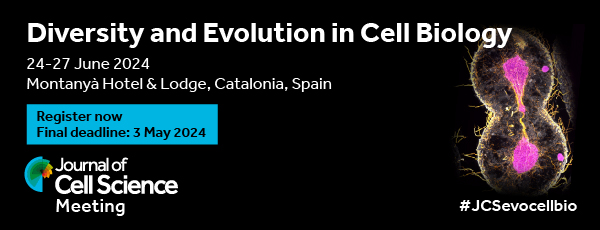
The spindle checkpoint maintains genomic stability by ensuring that mitosis cannot proceed until all chromosomes are correctly aligned on the spindle. Several kinases, including Bub1, BubR1 and aurora B, are implicated in spindle checkpoint function but exactly how anaphase onset is regulated remains unclear. On p. 3639, Stephen Taylor and co-workers reveal new details of the spindle checkpoint in human somatic cells by showing that Bub1 and aurora B cooperate to maintain BubR1-mediated inhibition of the anaphase promoting complex/cyclosome (APC/C), which targets anaphase inhibitors for degradation. The authors use time-lapse microscopy, RNAi-mediated knockdown of Bub1, chemical inhibition of aurora B, and microtubule-disrupting agents to build a new model for the spindle checkpoint. In this, the checkpoint has two arms: the Bub1 arm monitors attachment of microtubules to kinetochores (the proteinaceous structures that link chromosomes to the spindle) whereas the aurora B arm monitors bi-orientation (attachment of kinetochore pairs to spindles from opposite poles). The arms converge on the mitotic checkpoint complex, which includes BubR1, to promote its binding to and inhibition of APC/C, thereby delaying the metaphase-to-anaphase transition until all the chromosomes are correctly aligned on the spindle.








